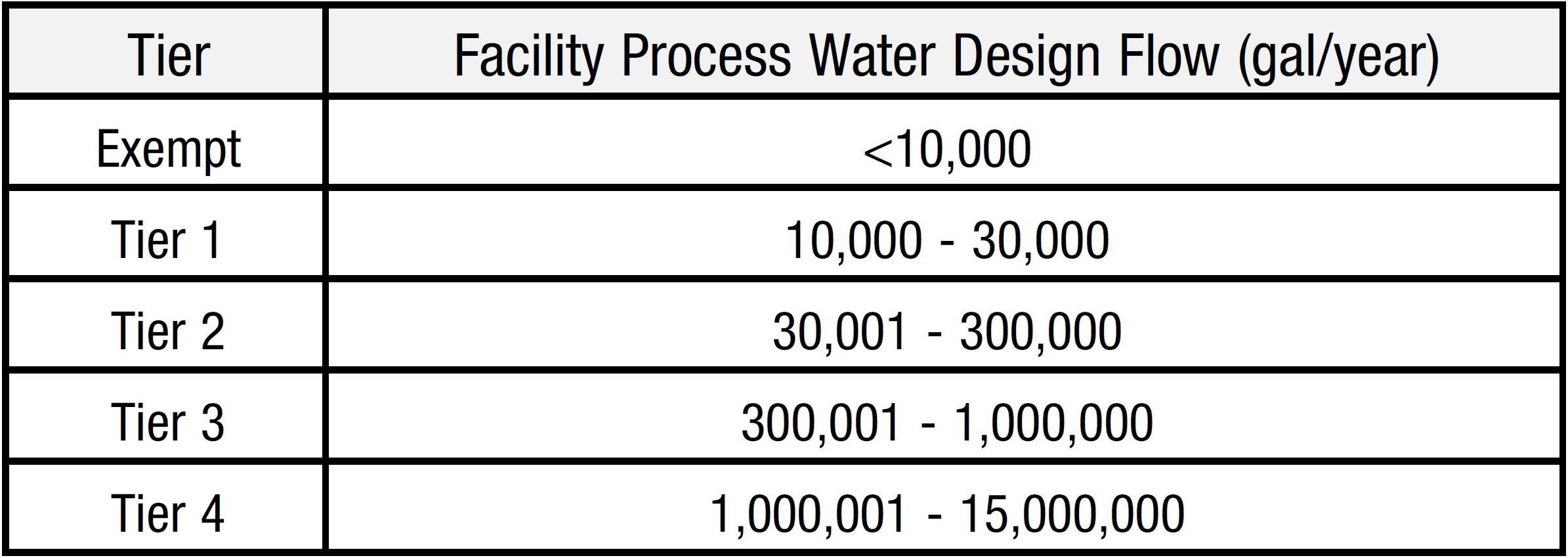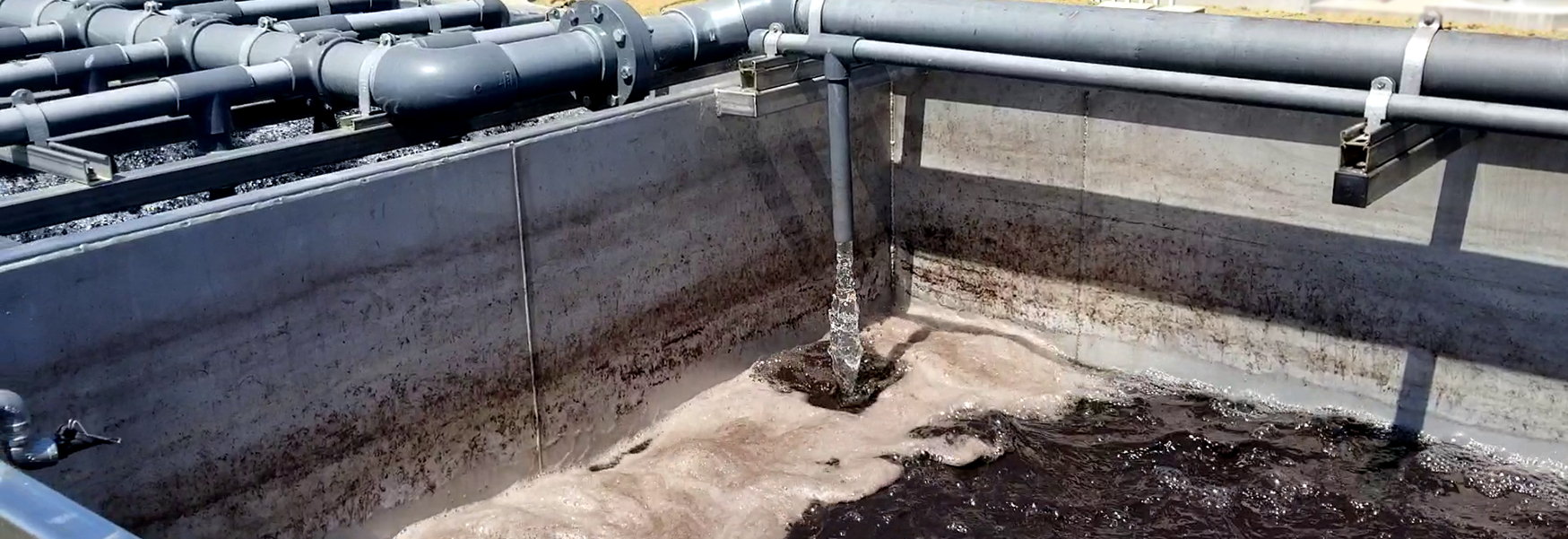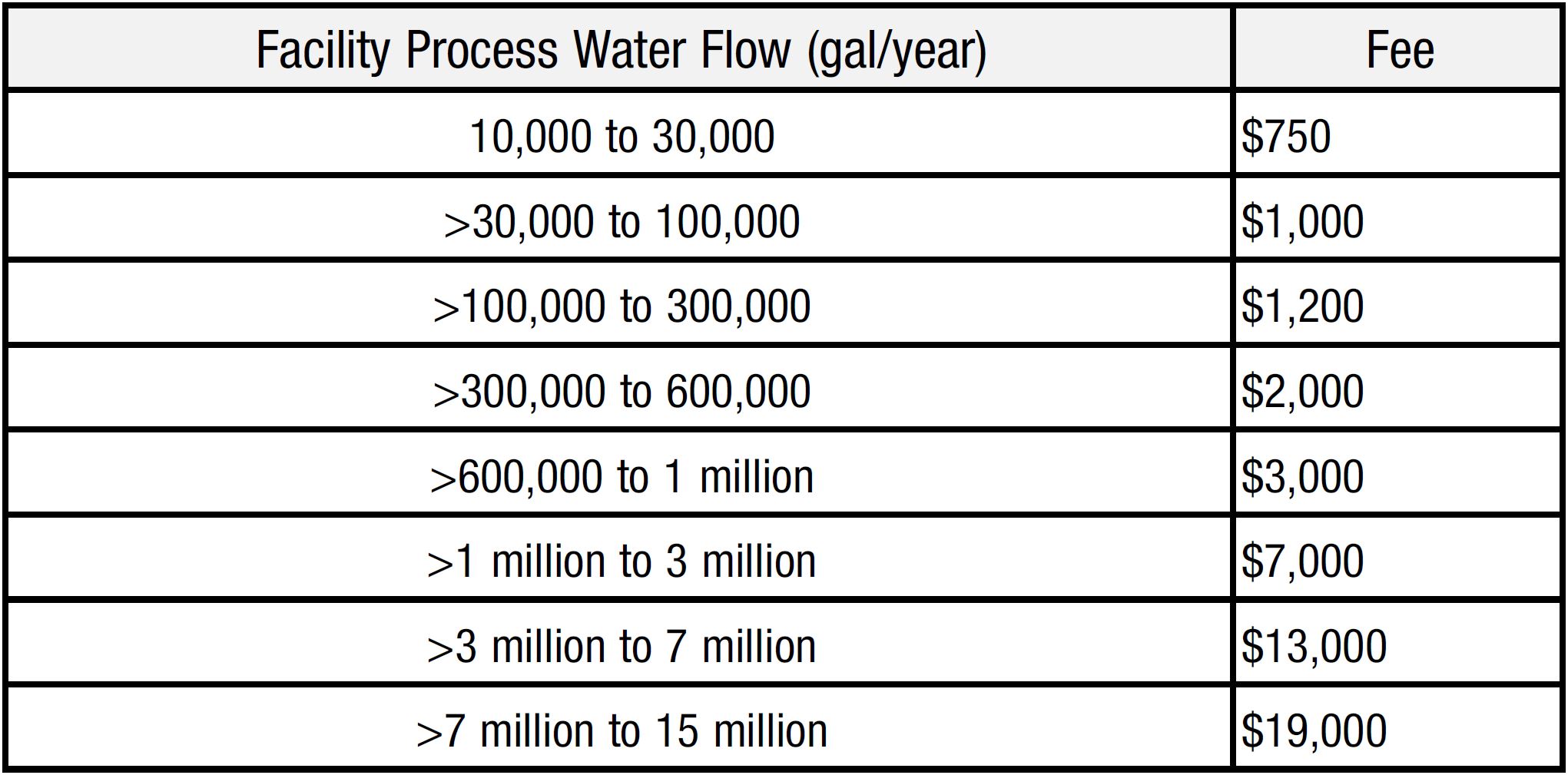 California will soon be rolling out new Winery Waste Discharge Requirements (WDR) affecting thousands of wineries throughout the State. Wastewater from winemaking processes, when applied to land, can affect groundwater through increased nitrogen, salinity, and biochemical oxygen demand. The new regulations are intended to control the impact of winery process waste on groundwater.
California will soon be rolling out new Winery Waste Discharge Requirements (WDR) affecting thousands of wineries throughout the State. Wastewater from winemaking processes, when applied to land, can affect groundwater through increased nitrogen, salinity, and biochemical oxygen demand. The new regulations are intended to control the impact of winery process waste on groundwater.
Under the new regulations, most wineries will need to apply for a permit by January 20, 2024.
The process can be time-consuming and confusing, so we developed this guide to help wineries determine what they’ll need to do to obtain a discharge permit.
Do you want to hire experienced engineers to take this on for your winery?
Give us a call to discuss your needs!
Which Wineries are Required to Enroll Under the New Waste Discharge Requirements?
Wineries that are required to enroll:
- Facilities that discharge more than 10,000 gals per year of process wastewater.

Wineries not required to enroll:
- Facilities that discharge less than 10,000 gals per year.
- Facilities that discharge process wastewater directly to a community sewer.
- Facilities that hold and haul all wastewater offsite.
- Facilities with existing individual or general Waste Discharge Requirements, or conditional waivers to WDRs.
How to Prepare for WDR Enrollment
- Identify Your Enrollment needs:
- Which process wastewater system do you have? (Pond, Subsurface Disposal, Other)
- What tier do you fall under? (See Chart above)
- What is your current wastewater discharge quality?
- Conduct sampling of existing water & wastewater to determine baseline data
- Enrollment:
- Contact an engineer to assess your enrollment needs
- Submit Technical Report & Notice of Intent (NOI) to Regional Water Quality Control Board
- Approval & Construction (if necessary):
- Expect 3-6 months for Board review and issuance of Notice of Award (NOA)
- Conduct daily monitoring of the system during Land Area Application (LAA) discharge:
- Submit annual reports (Tier 4 dischargers submit bi-annual reports).
WDR Enrollment Details – Timelines
Relevant timelines:
- Existing wineries (except those with individual WDRs, general WDRs, or conditional waivers to WDRs) are required to submit a Notice of Intent (NOI) & Technical Report by January 20, 2024.
- Full compliance with the order must occur within 5 years of the date of the NOI.
- Note: The time to prepare the NOI and technical report will vary depending on the complexity of the system.
WDR Enrollment Details – System Specifics
Identify your current winery process wastewater system:

New or Expanding Pond System Requirements:
- Must be sized to meet a 100-year, 24-hour peak storm design.
- Exceptions can be made for Tier 1 or 2 facilities with smaller ponds – Board will review on a case-by-case basis.
- The base of pond shall be at least 5 ft above the seasonal high-water table – 2 ft separation may be approved by Board on a case-by-case basis.
- Maintain a minimum 1 mg/L Dissolved Oxygen concentration within the upper one foot of the pond.
- Maintain pond liner with a minimum hydraulic conductivity of 1×10-6 for new or expanding ponds.
Existing Pond Requirements:
Tier 2 –
- Operate pond in existing condition if adequate capacity is determined in NOI & Technical Report.
- Operate pond with existing liner (even with insufficient liners) assuming all other requirements in general order are met.
Tier 3 & 4 –
- Demonstrate that present capacity meets 100-year, 24-hour peak storm
(Or 25-year, 24-hour peak storm – with board approval) - If existing liner installed within the last 10 years, demonstrate standards are still met; or demonstrate liner meets performance standards via performance testing; or demonstrate groundwater degradation is not occurring, with at least 5 years of supporting groundwater data.
- Perform leak testing at least once every 5 years
Subsurface Disposal System Requirements:
- Must meet discharge requirements: 10 mg/L Total Nitrogen, 300 mg/L Biochemical Oxygen Demand (BOD), and 330 Total Suspended Solids (TSS).
- Existing systems will likely require pretreatment for continued use.
- Commingled process & domestic subsurface systems will no longer be permitted (under existing conditions)
- Commingled systems may be allowed if process wastewater is pretreated separately.

Misc. Requirements & Annual Fees
- Tier 2-4 wineries are required to conduct Fixed Dissolved Solids (FDS) monitoring (salts). The threshold is source water FDS + 320 mg/L.
- Discharge of water softener brine is prohibited.
- Biochemical Oxygen Demand land application loading shall not exceed 100 lb/ac/day.
- Discharger shall ensure objectionable odors are minimized.
- Discharger shall ensure process water/solids are not applied when rainfall is expected within 24 hours or when the ground is saturated.
- Wastewater shall not be discharged within 50 ft of a well, 50 ft of surface water or drainage, 25 ft of a property line (may be reduced to 5 ft).
- Tier 4 facilities shall conduct groundwater monitoring.
Annual fees through the Board:
